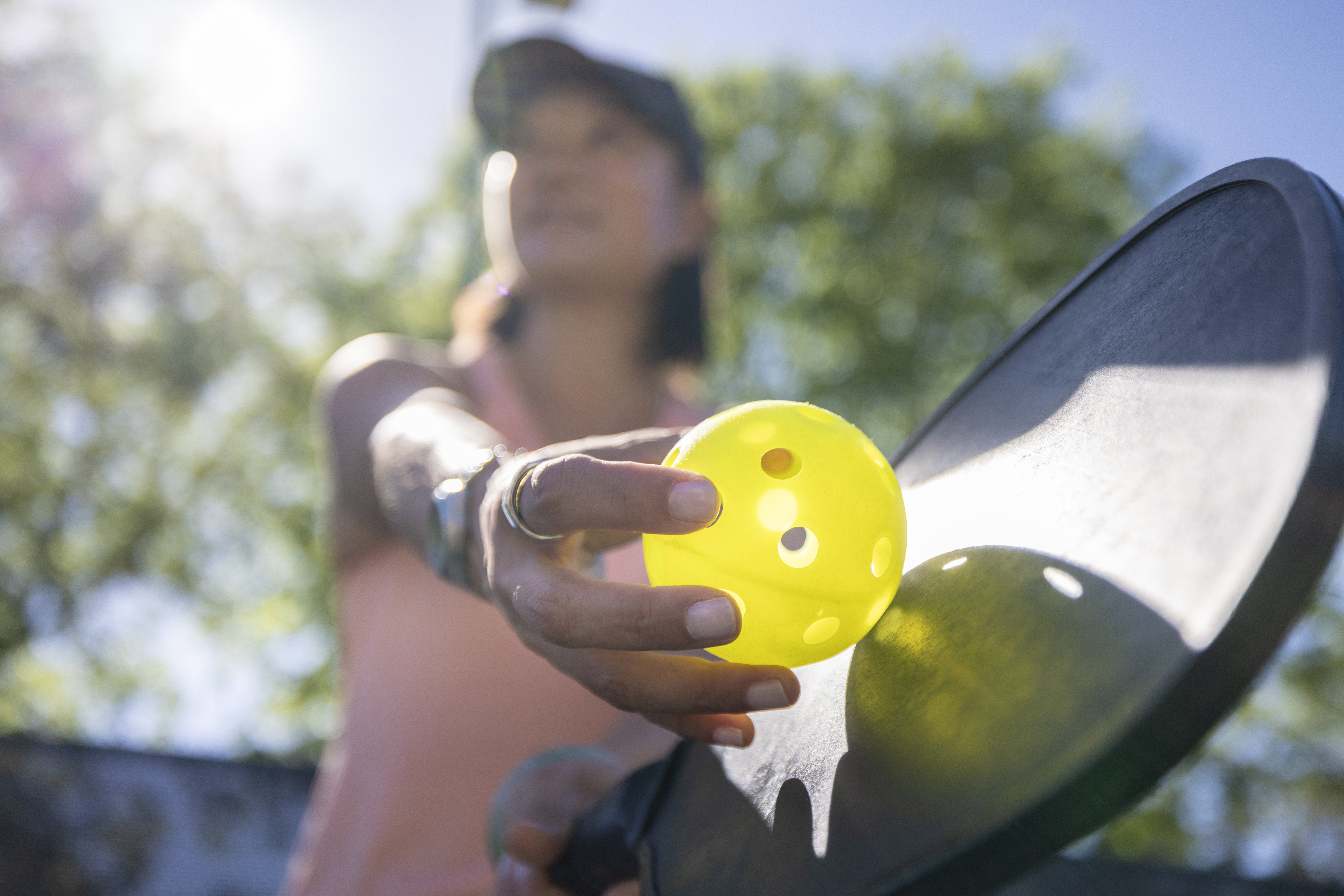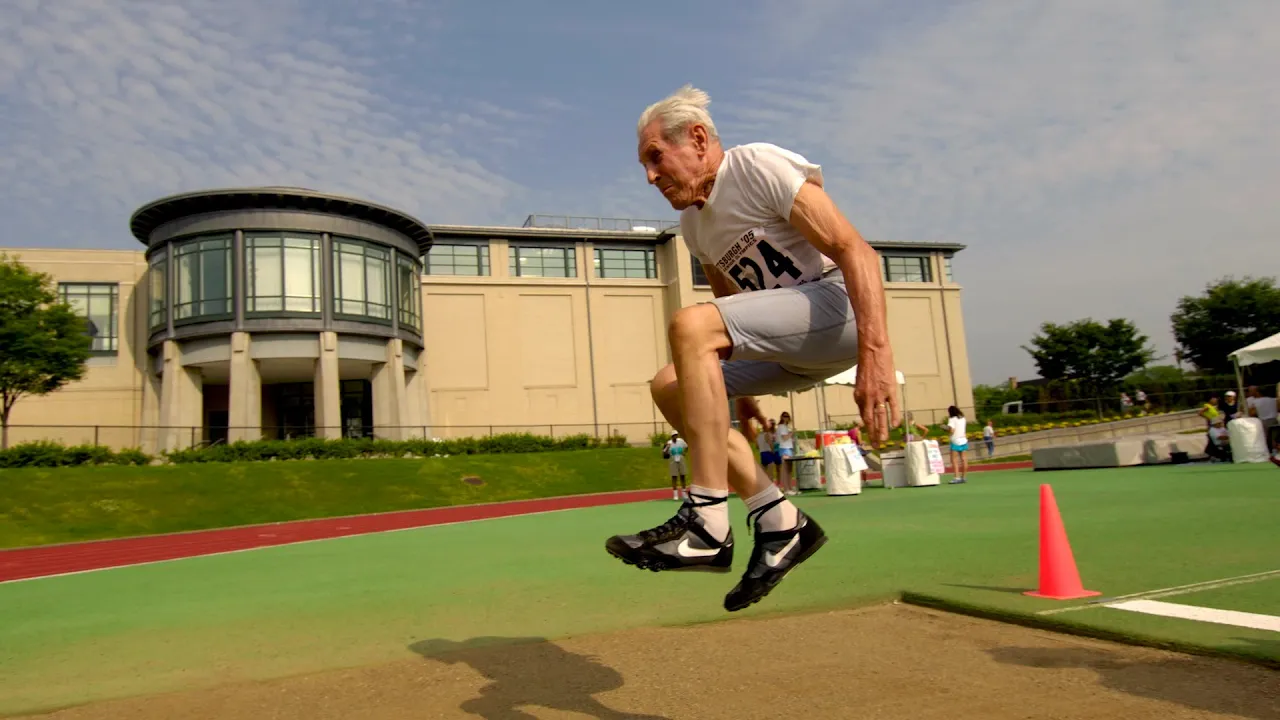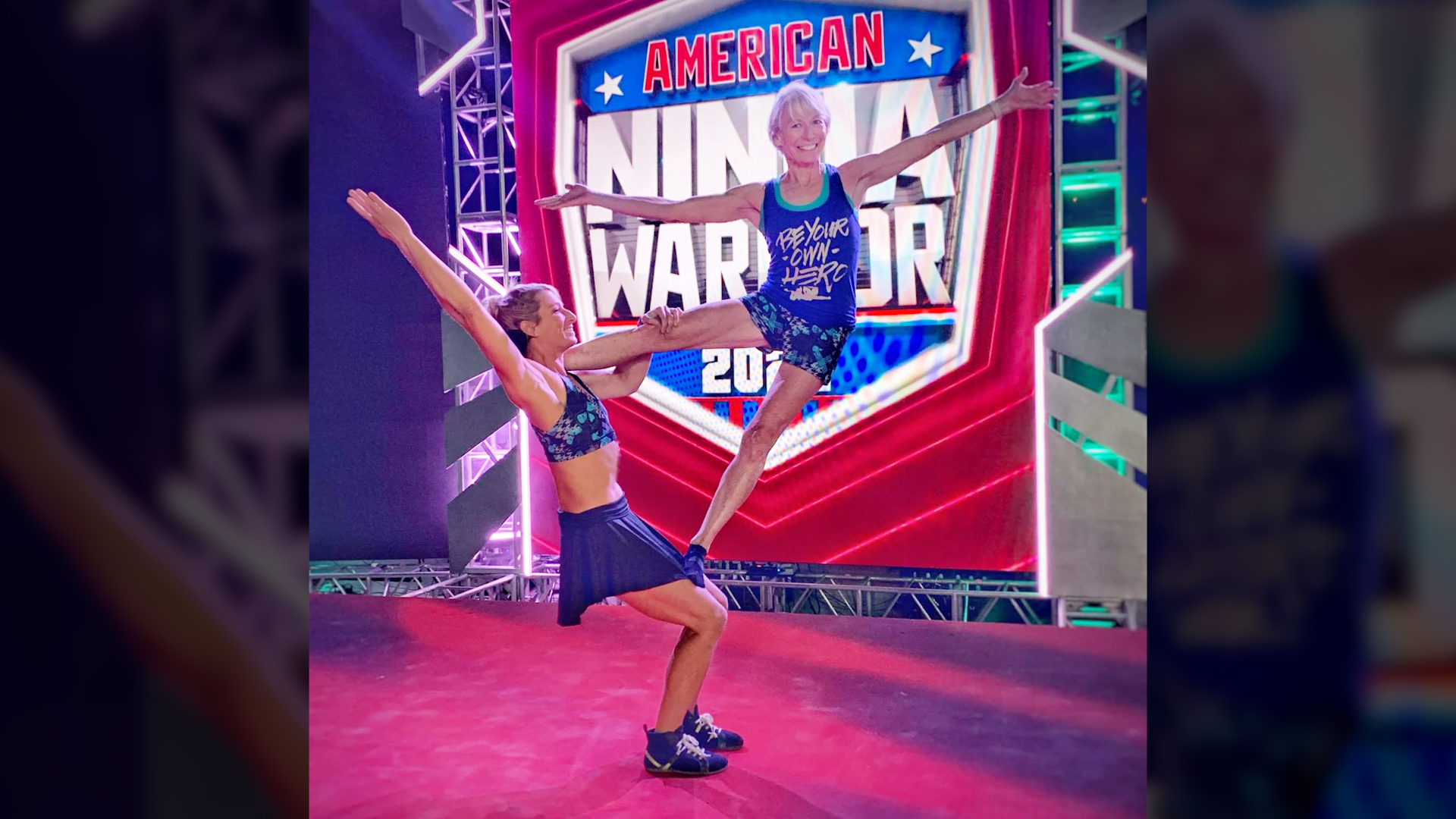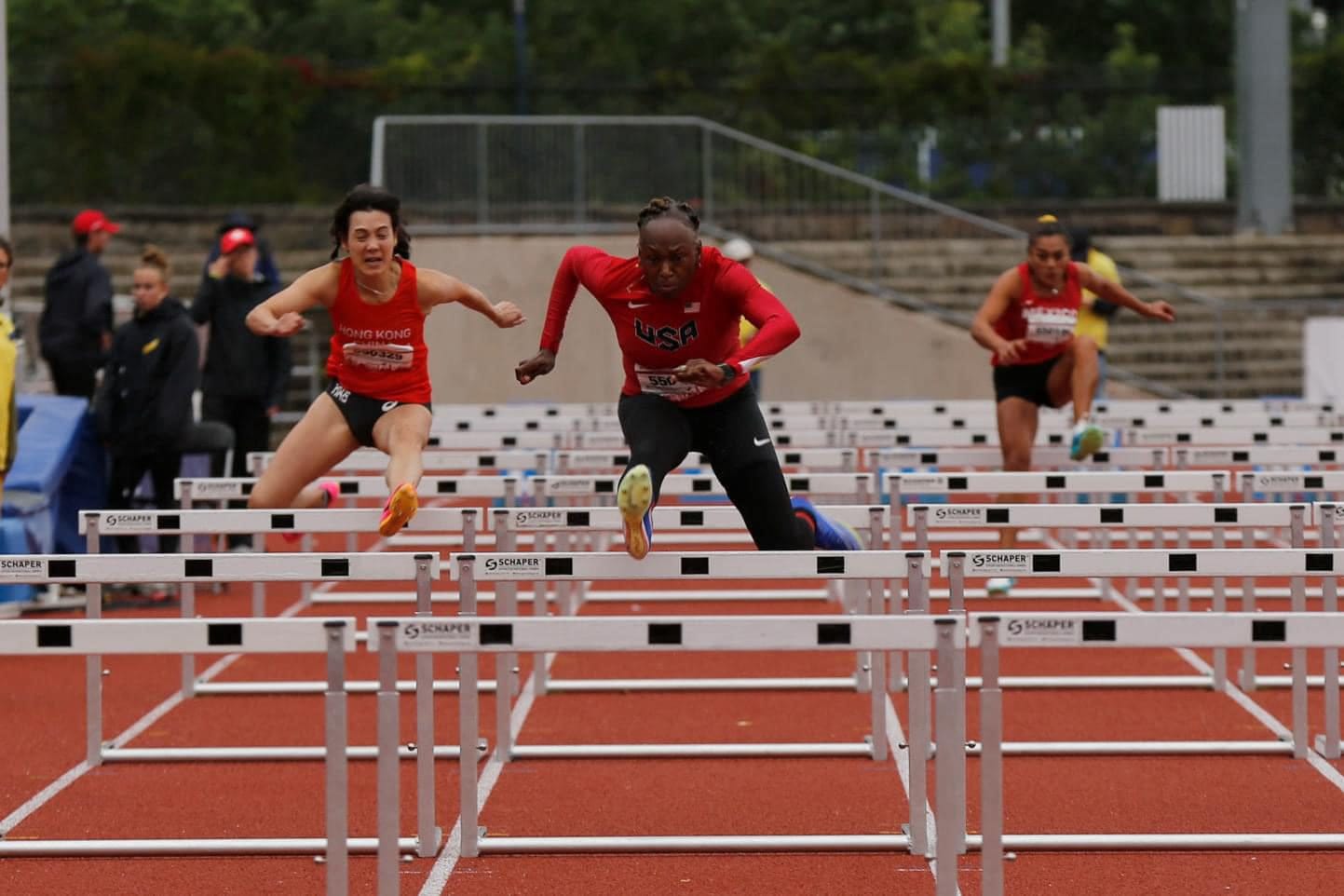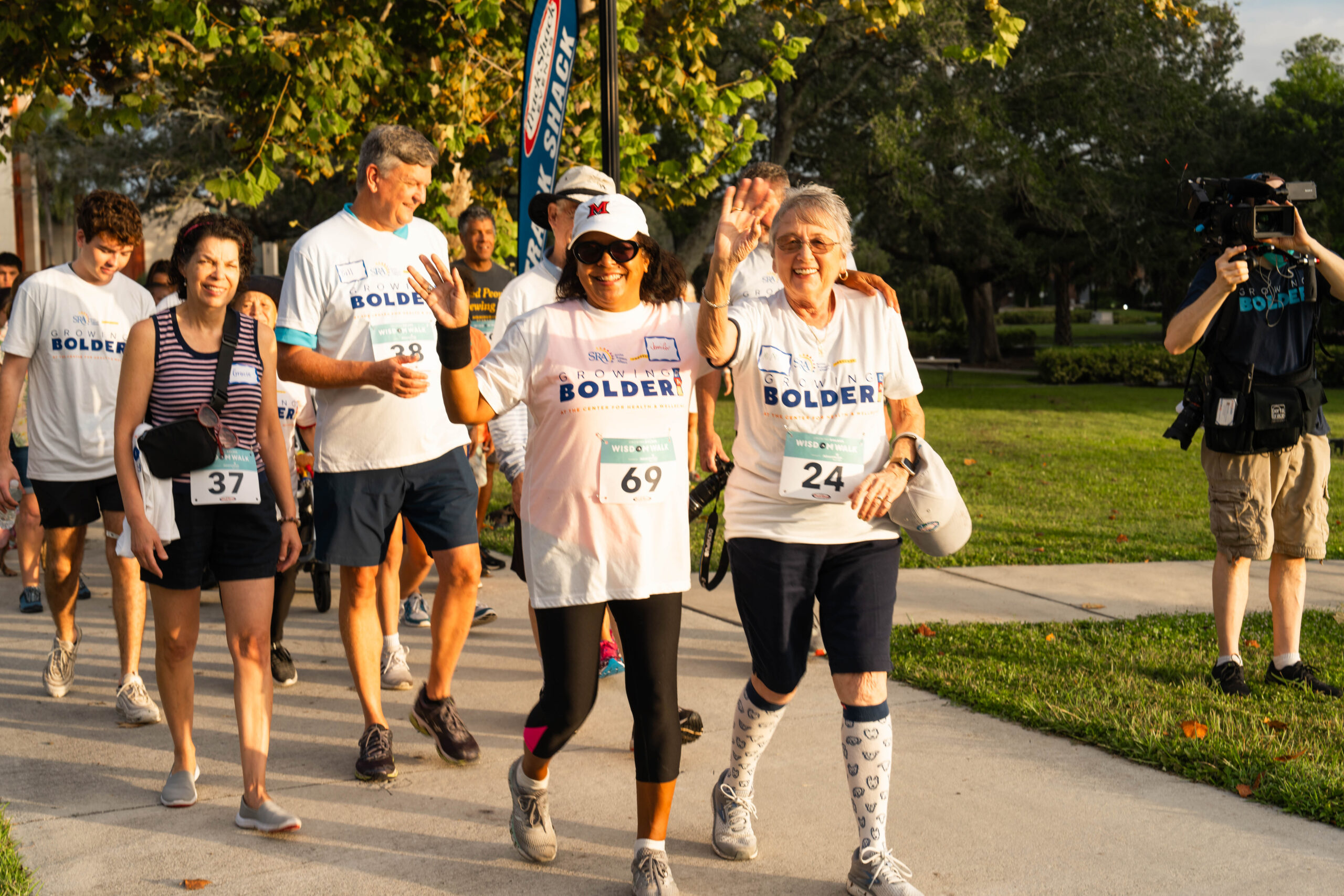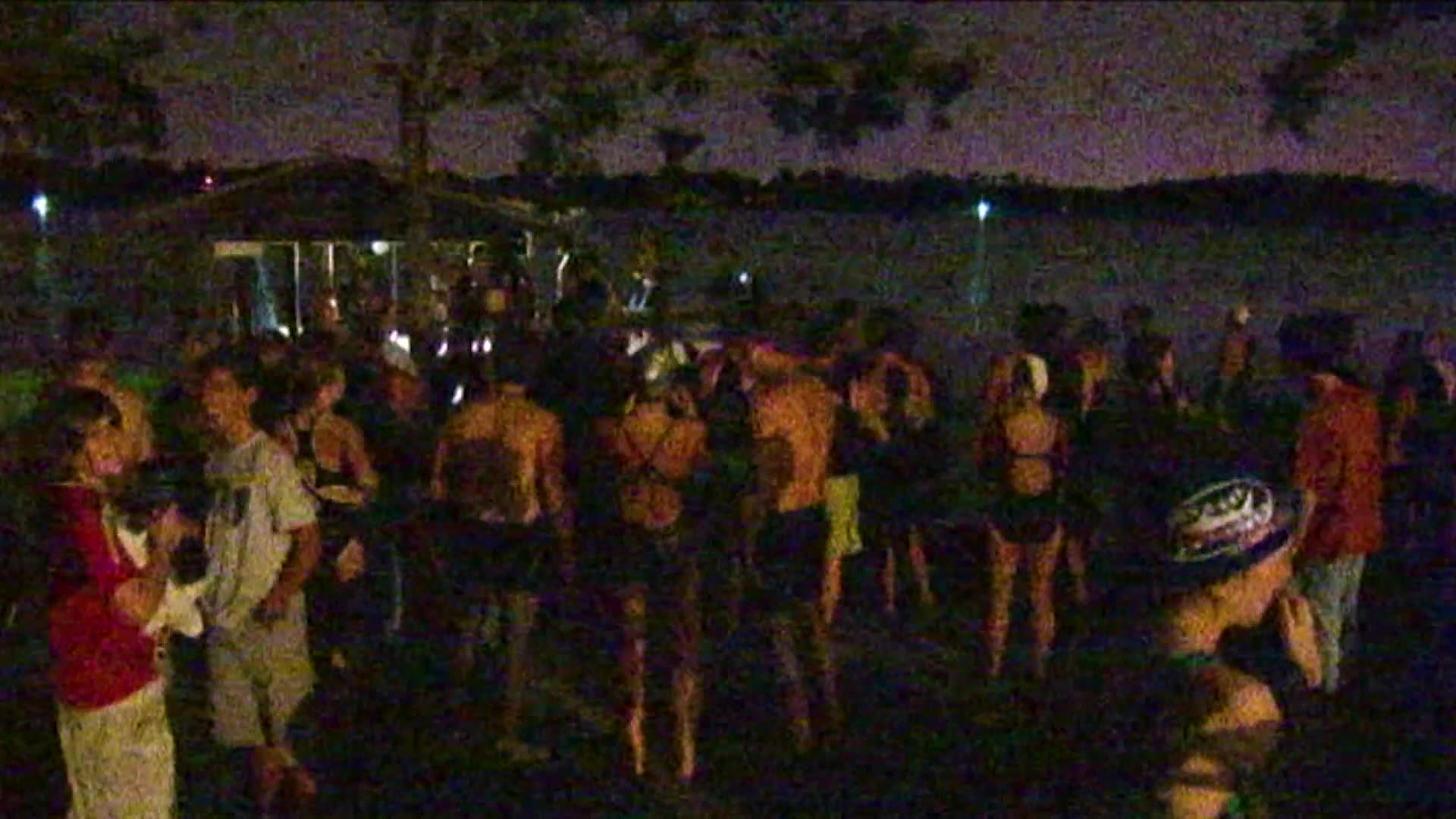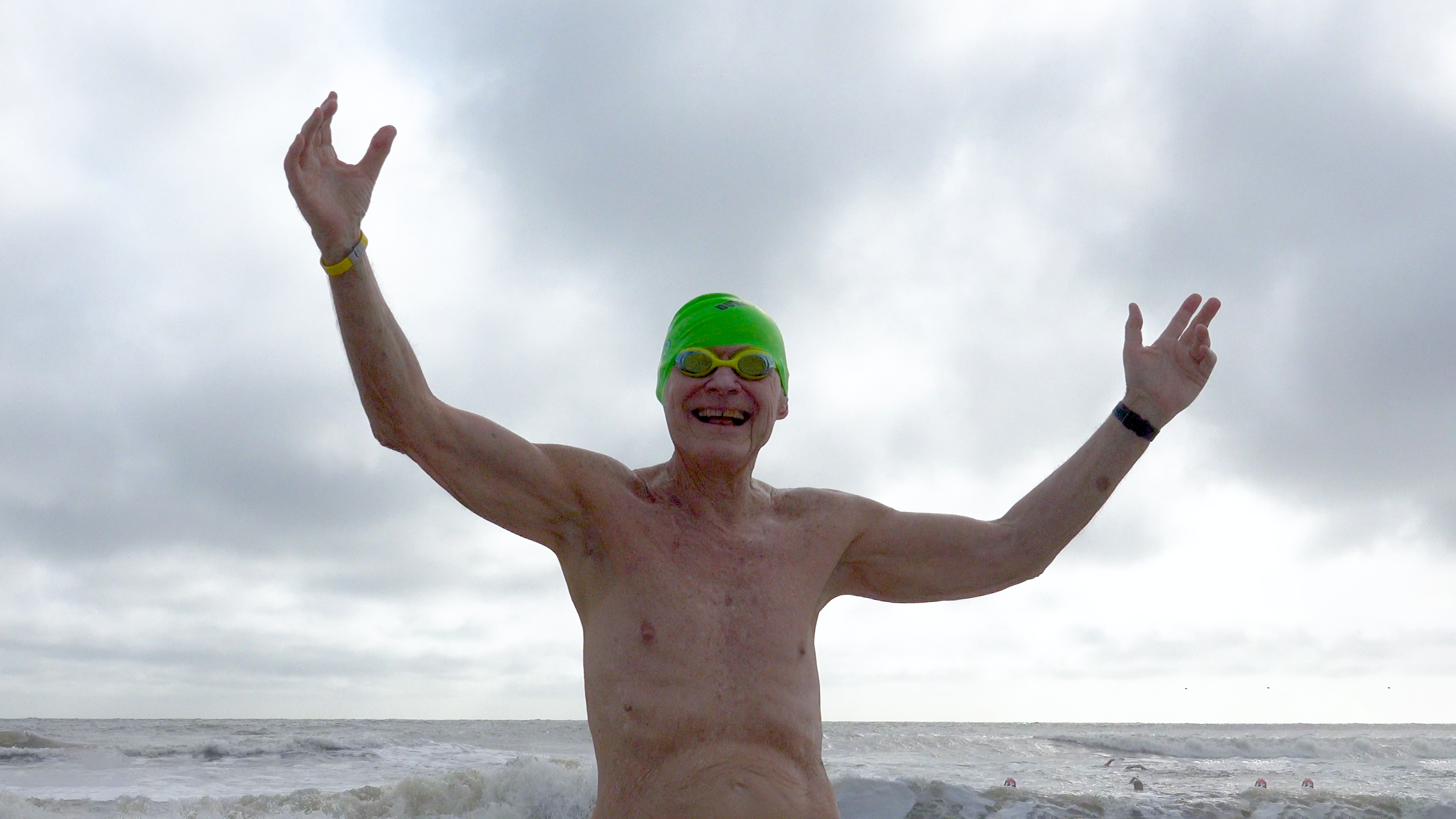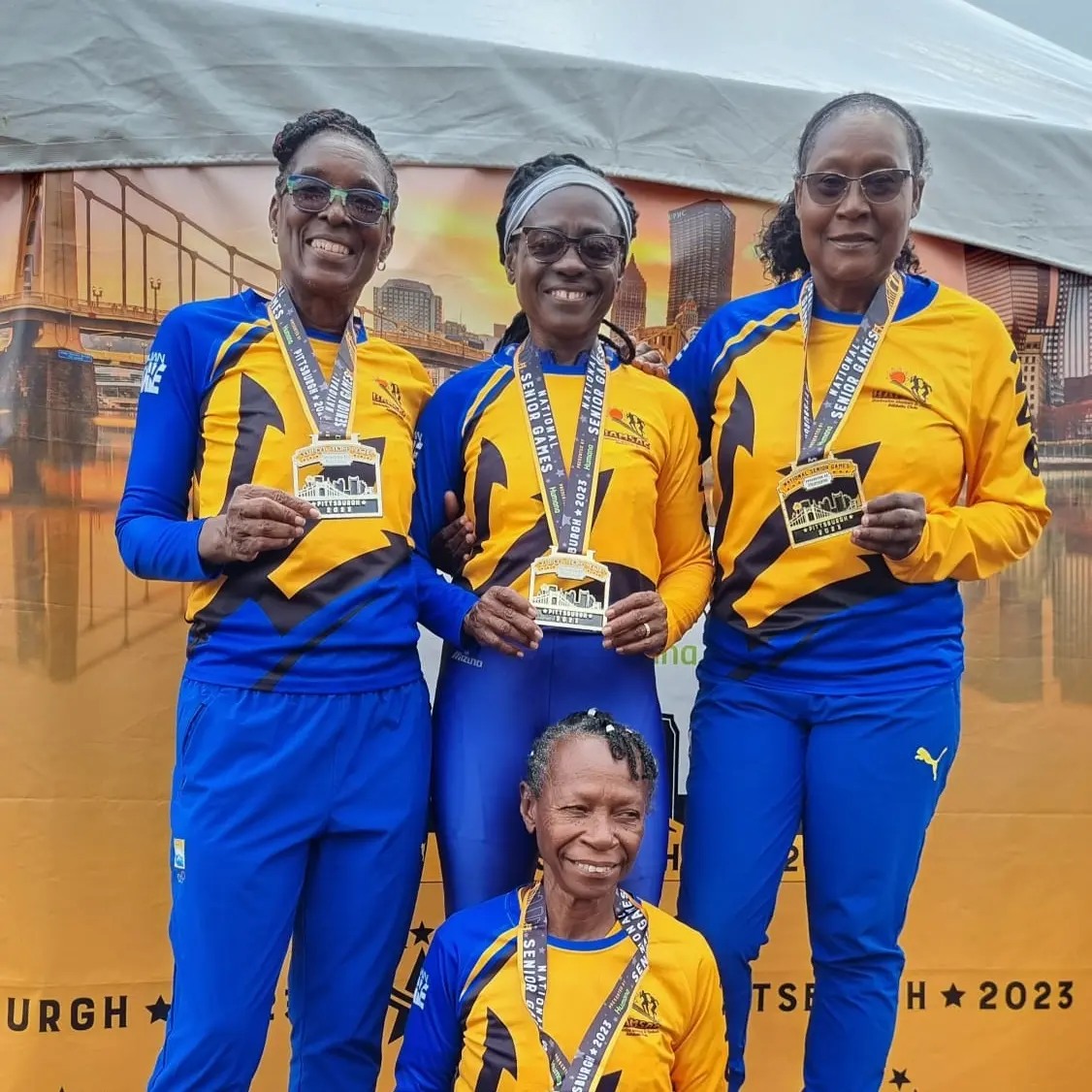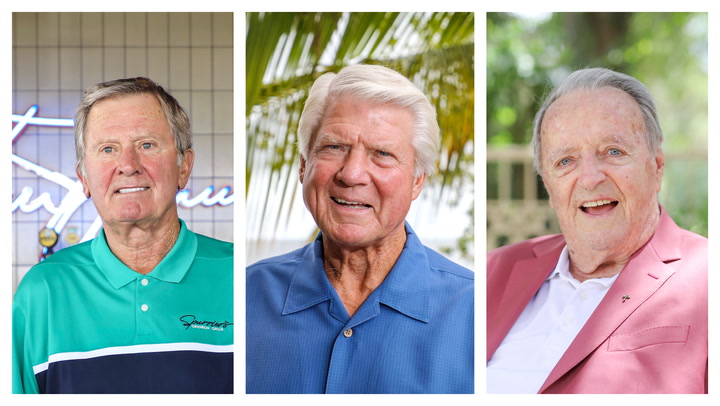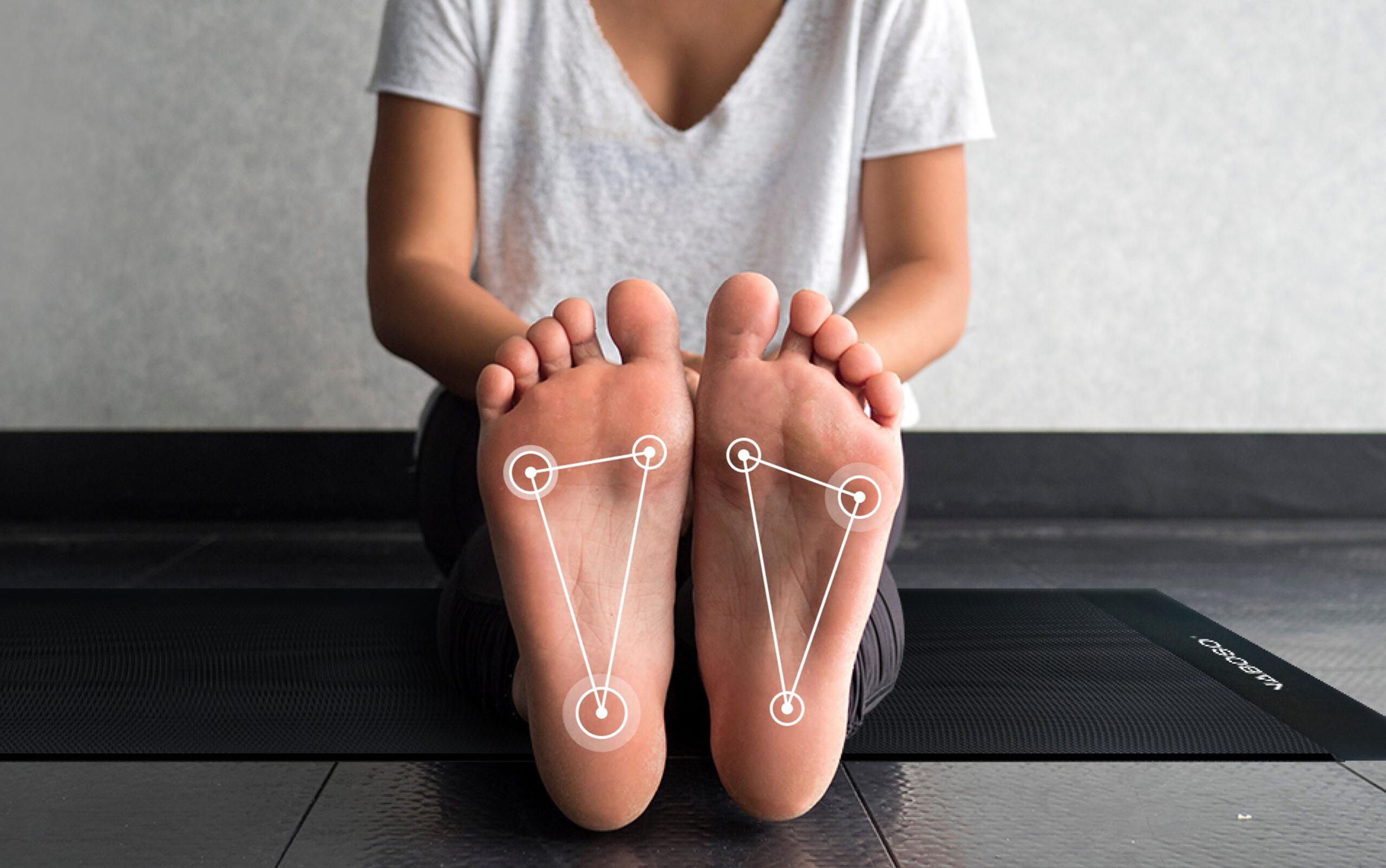We’ve grown accustomed to seeing videos and memes unexpectedly “go viral” but who could have predicted that pickleball would suddenly explode into the world’s fastest- growing sport?
More than 36.5 million people played pickleball last year, according to the Association of Pickleball Professionals. That’s nearly an eight-fold jump in just one year, up from 5 million players in 2021. Almost overnight, pickleball evolved from a recreational sport played by seniors into two competing pro tours, a broadcast deal with ESPN, and superstar investors like LeBron James, Tom Brady, Kevin Durant, Drew Brees and Patrick Mahomes. At the recent Pickleball Slam, Andre Agassi and Andy Roddick defeated John McEnroe and Michael Chang to win the $1 million purse.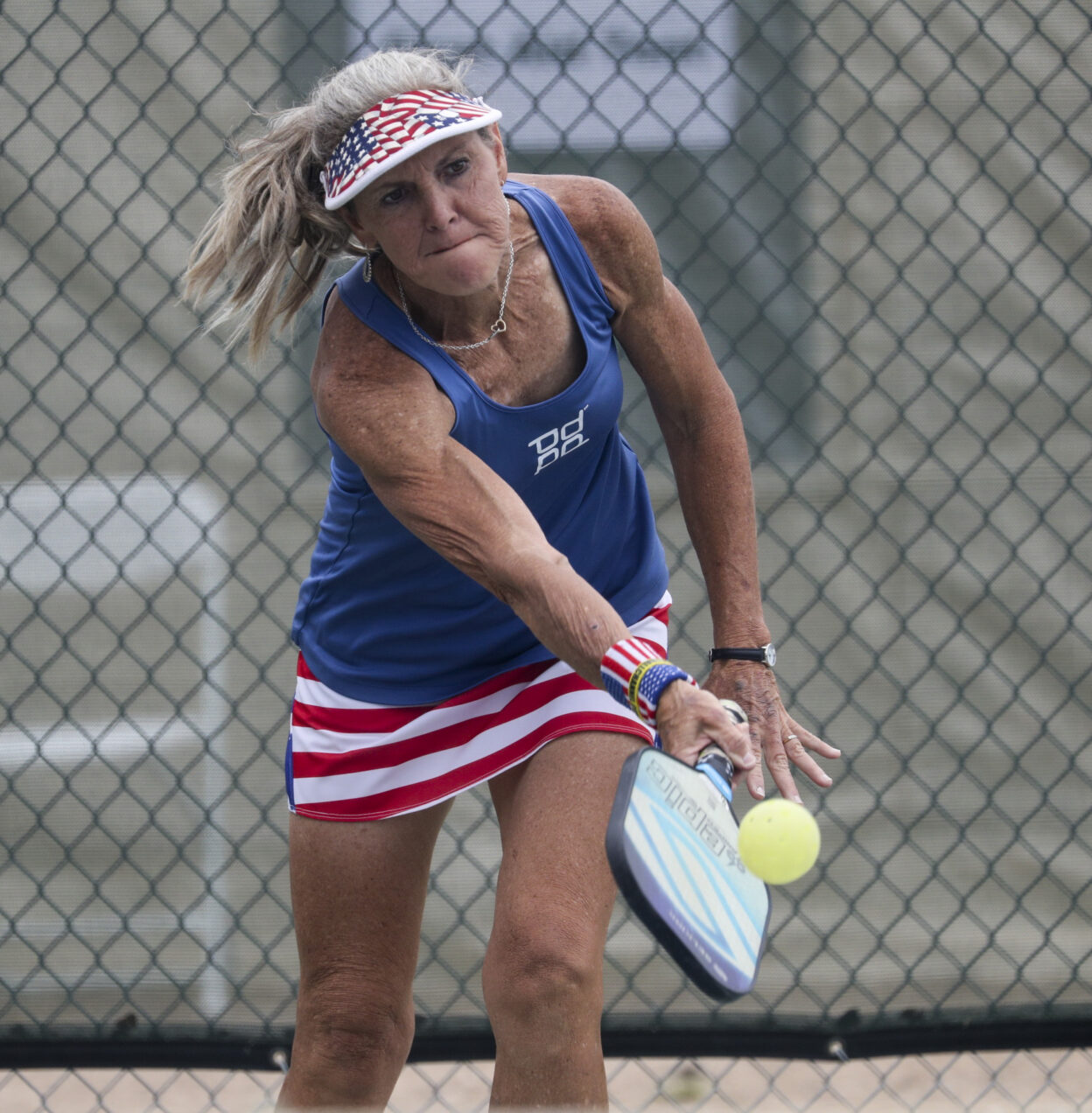
Celebrities including the Kardashians, Leonardo DiCaprio, Stephen Colbert, Brené Brown and Bill Gates have all become avid players. Hundreds of millions of dollars are flowing into the game from sponsors like Skechers and Anheuser-Busch, and from real estate developers building pickleball facilities and hybrid pickleball restaurants like Chicken N Pickle and Camp Pickle from coast-to-coast.
Why did pickleball become so popular, so quickly? A better question might be, what took so long? Pickleball is the rare sport that can be immediately enjoyed by almost anyone of any age, fitness level, ability, or disability. It’s easy to learn but can take a lifetime to master, making it accessible to pure beginners and challenging to world class athletes. It’s usually played in doubles so it’s highly social and multigenerational. “You can play with your kids, your grandkids, and your great grandkids,” says 91-year-old Marion Lisehora. “We had four generations in my family out there on the court and everyone had a great time.”
The sport, a combination of tennis, badminton and ping-pong, was invented in 1965 by three dads on vacation who were just trying to entertain their kids with the sports equipment they had lying around: a wiffle ball, some ping pong paddles and a badminton net. They created the game on their badminton court which is about one-fourth the size of a tennis court.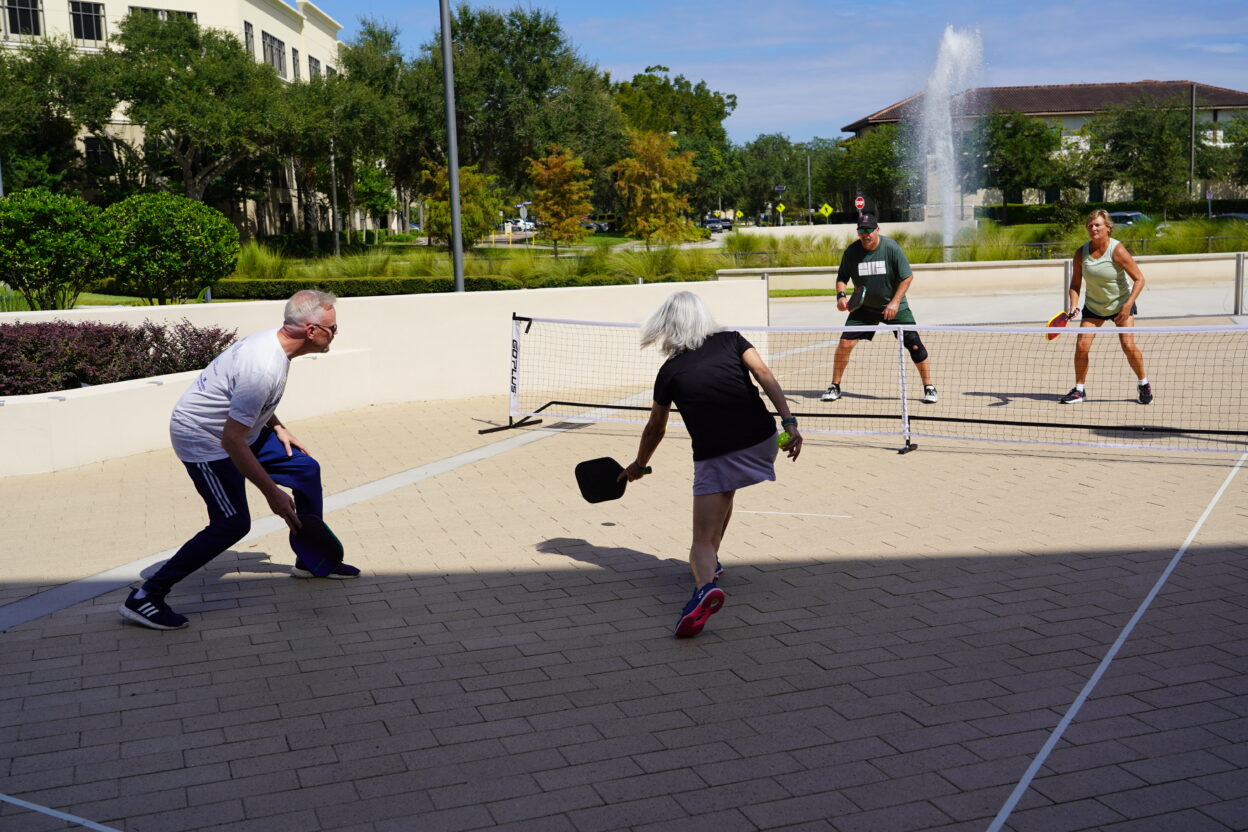
For decades, pickleball grew slowly, played mainly by a small number of older adults on makeshift courts. A major milestone took place in 1990 when The Villages, Florida put in a pickleball court at the La Hacienda Recreation Center. Since many residents are snowbirds, they learned the sport in The Villages during the winter and introduced it in their hometowns during the summer. That led to pickleball courts popping up in communities all over America. Chuck Menke, the chief marketing officer for USA Pickleball, calls The Villages, “largely responsible for the continued growth of the game.”
The Villages now has more pickleball courts than any community in the world — nearly 250 courts and probably a few more by the time you’re done reading this. Masters Athlete magazine calls The Villages “The Mecca of Pickleball” and the No. 1 place for pickleball enthusiasts to live.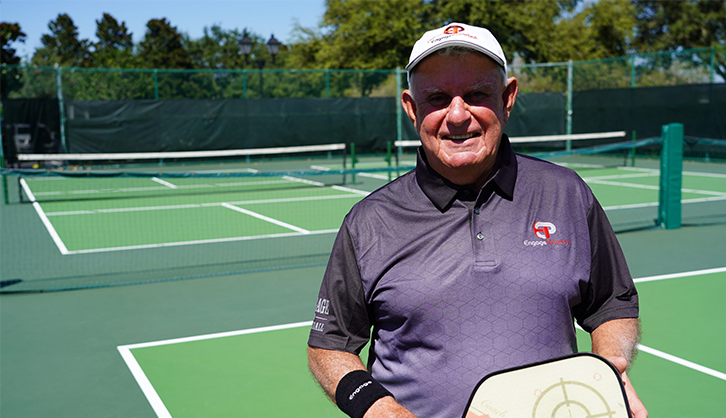
If The Villages is The Pickleball Mecca, then 81-year-old Richard Movsessian or “Coach Mo” is the Pied Piper of Pickleball. A former tennis coach, Movsessian literally wrote the book on Pickleball after moving to The Villages and taking up the sport in his 60s. How to Play Pickleball is now sold worldwide, and Coach Mo offers free lessons to anyone that wants to learn. “Coaching Pickleball is keeping me alive,” he says. “I’m here every day meeting people, having fun, and staying active.”
The National Senior Games (NSG) was also well ahead of the pickleball mania curve and instrumental in the sport’s explosive growth. The NSG added pickleball to its biennial competition in 2012. “It’s the fastest growing sport in our history,” says Del Moon, the media & communications director for the National Senior Games Association.
According to the Sports & Fitness Industry Association, the explosion beyond older adults and senior athletes can be traced to the pandemic. Pickleball is perfect for socially distanced competition and since it can be played in driveways, alleys, and cul-de-sacs with a minimal amount of inexpensive equipment, it was game on.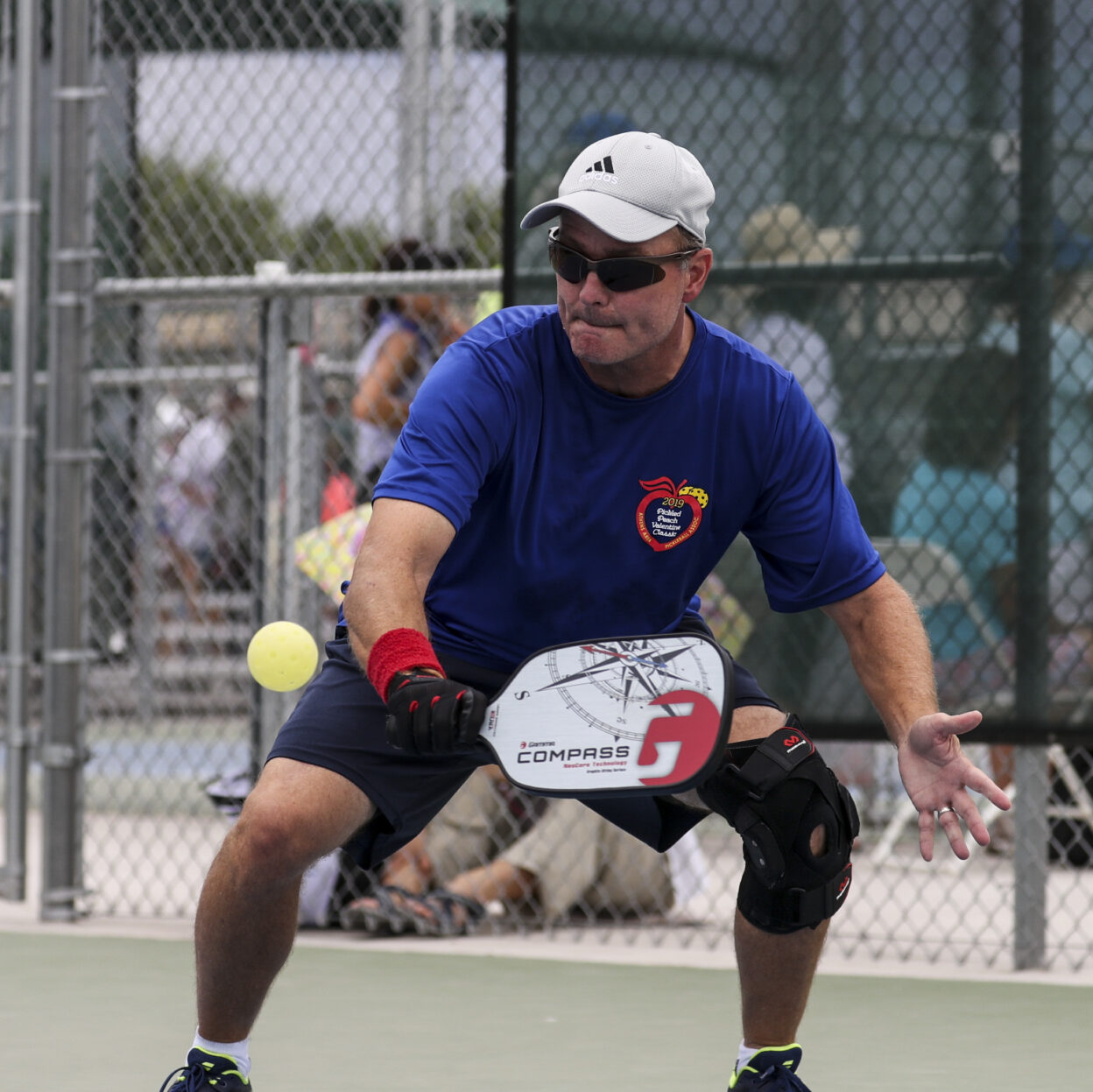
Pickleball needs no PR firm. It generates its own goodwill. It’s now been shown to promote mental health, reduce the risk of stroke and heart disease, slow Parkinson’s symptom progression, protect against Alzheimer’s, osteoporosis, and more. “It’s made a huge difference in my life,” says 83-year-old Dick Johnson from Boise, Idaho. “My good friends are dying all the time. I’m convinced I’m still alive because of the game.” 85-year-old Jean Kiker from The Villages agrees. “You can play even though you’ve had injuries,” she says. “I’ve had a hip replaced. Pickleball is well within your reach in your 90s.”
As the sport’s popularity grows, so has the number of pickleball-related injuries with 90 percent of those affecting people aged 50 and older. The most common injuries are twisted ankles, sore knees and sprains and strains of all kinds but there are more serious injuries such as meniscus tears, Achilles injuries and herniated disks.
If you have a chance to try the world’s fastest-growing sport – do it! But warm up properly and take it slowly.
Click here to WATCH the full story on Pickleball’s ascension in America.

